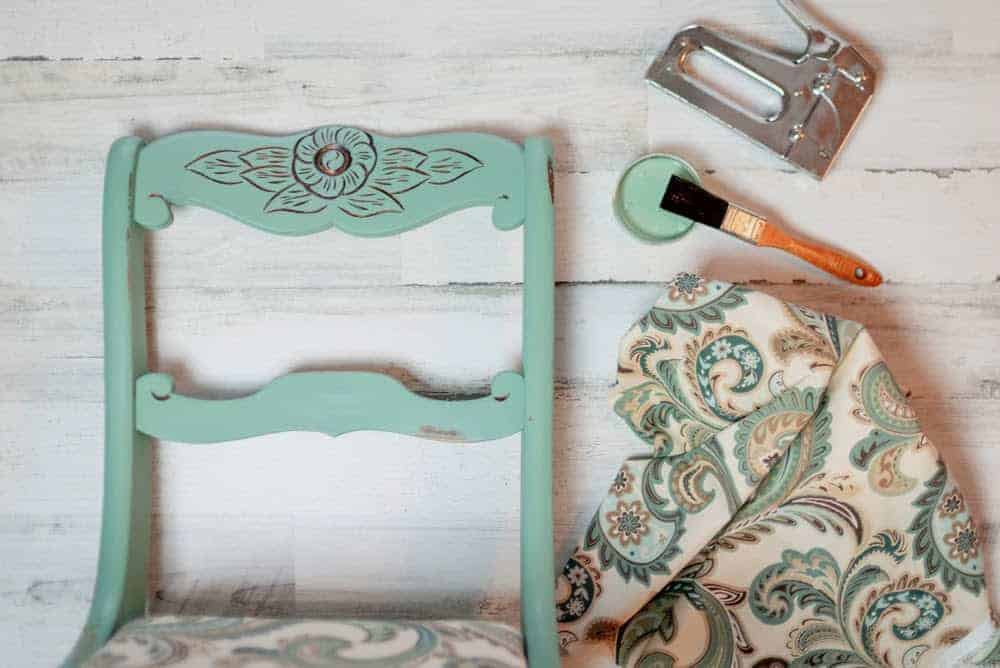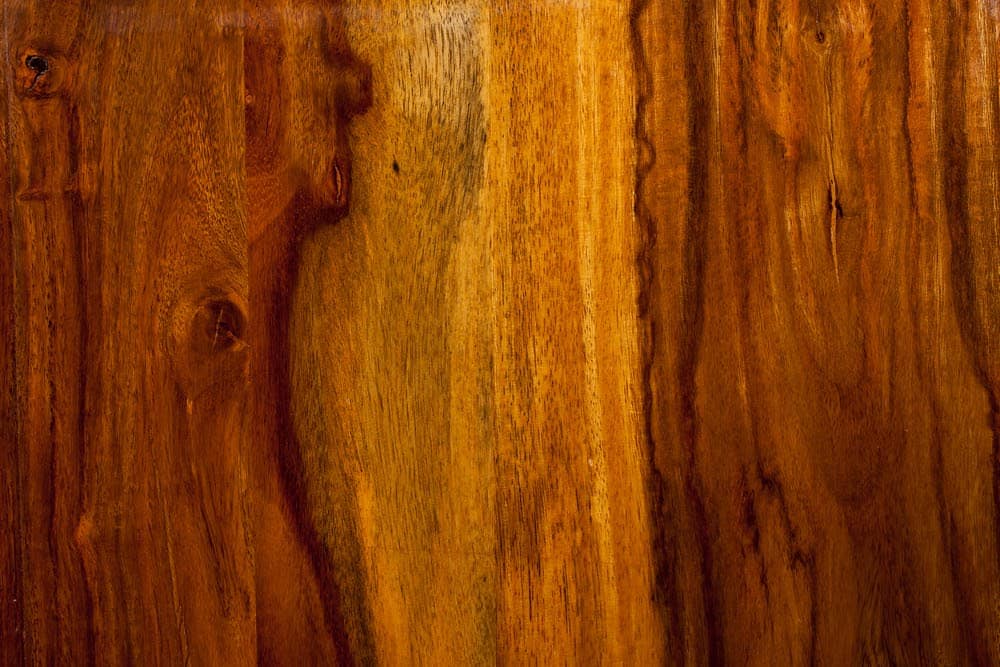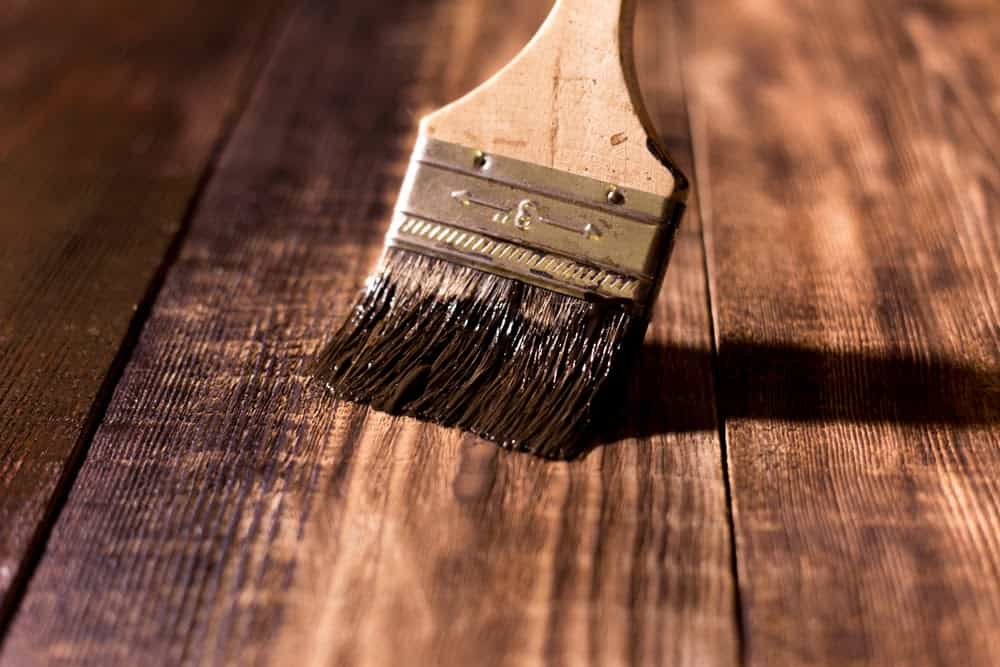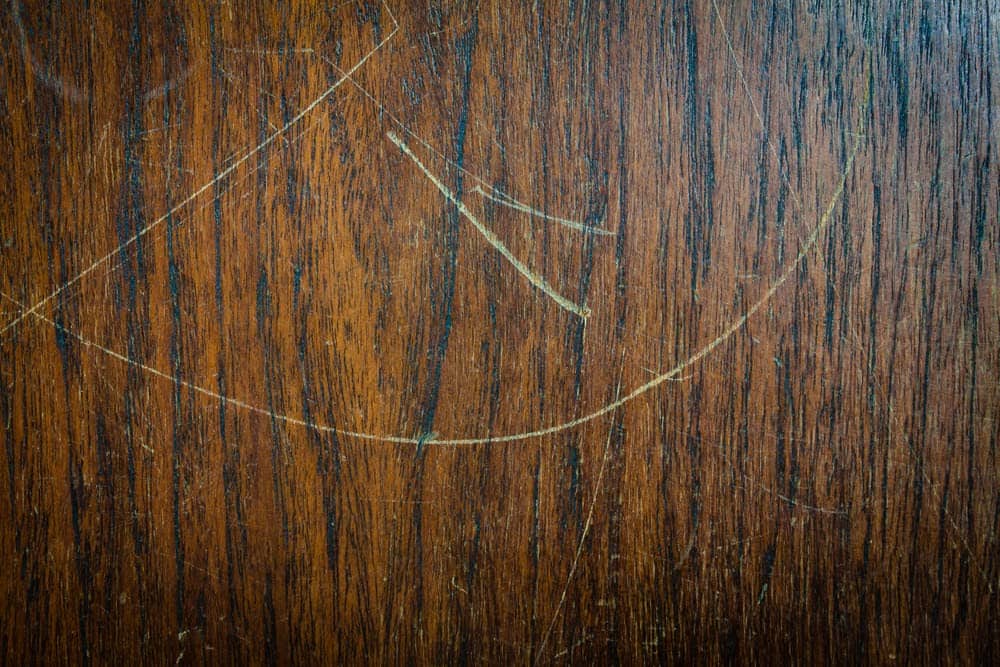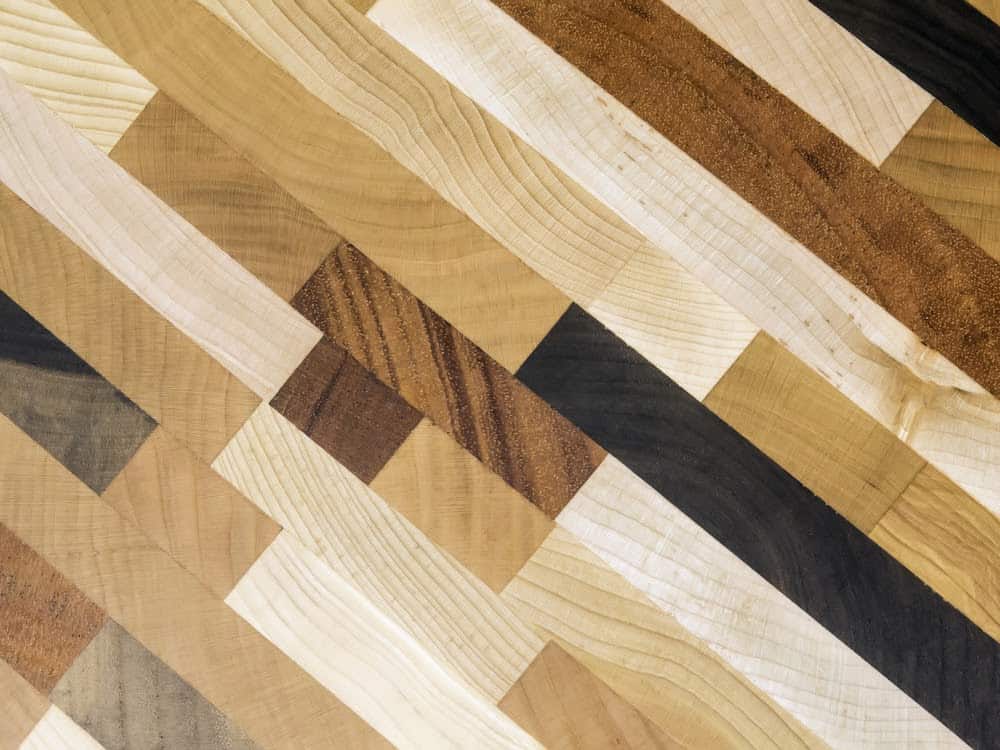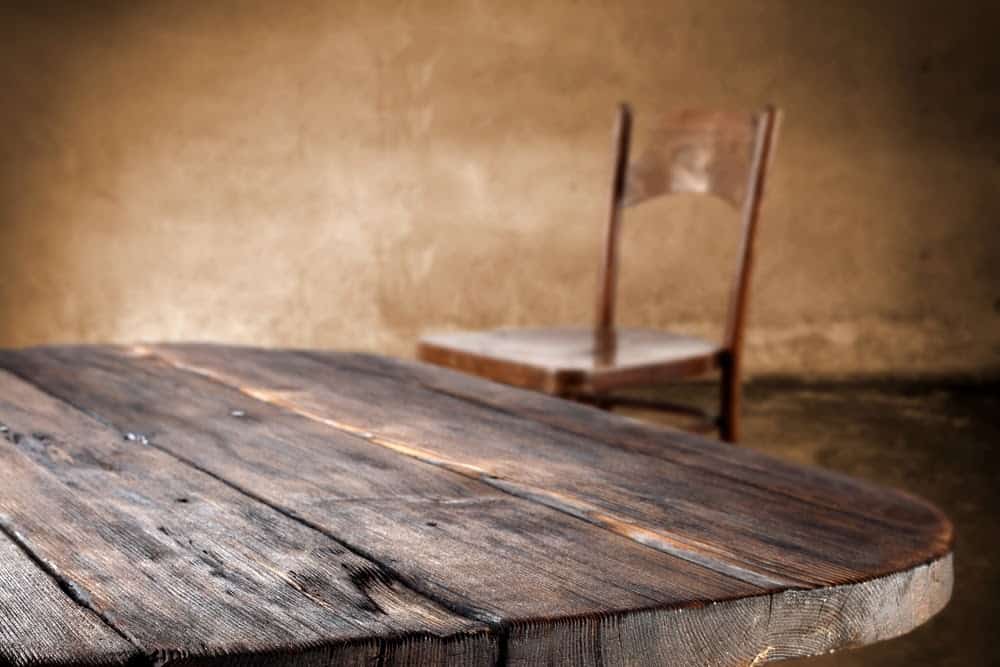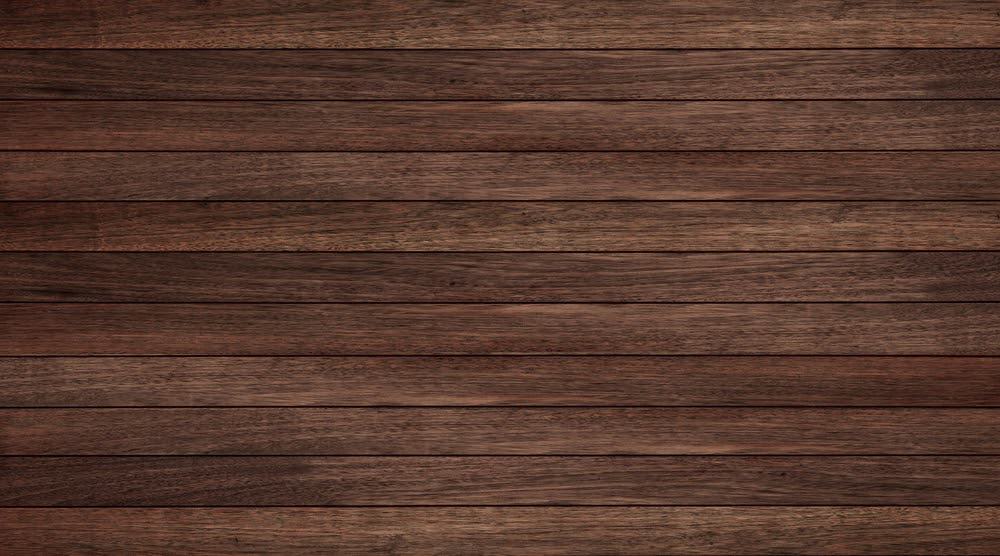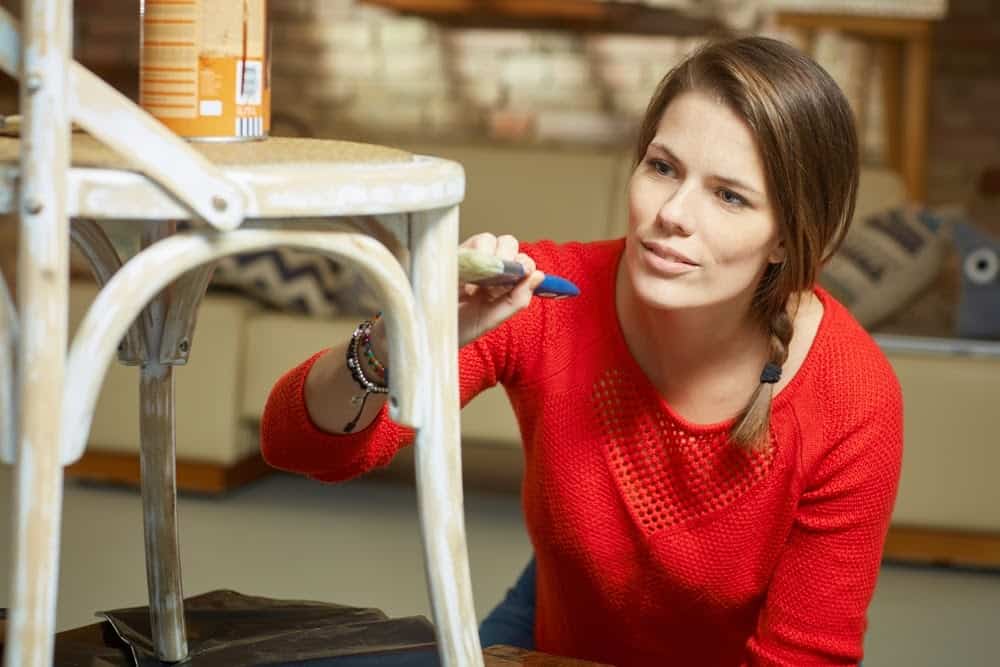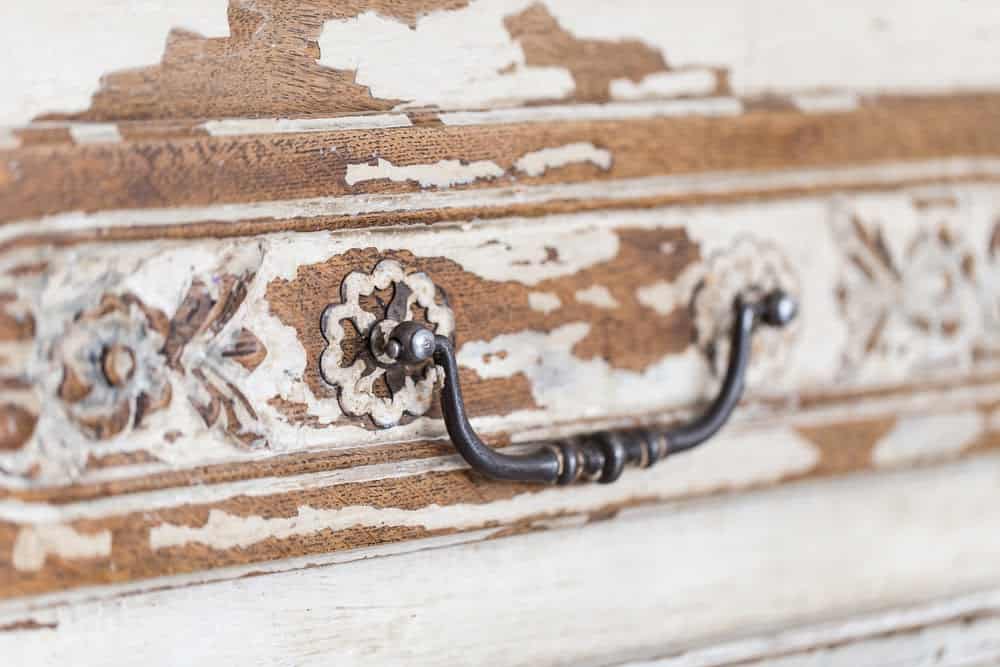It is a look that is in style – the look that your furniture is decades-old even though it is a new piece. While it might not be a completely new piece of furniture, it is new in your home and no more than ten years old. You might also have that new piece of wood furniture that you or someone built for you. It’s a dresser that you want to put into your room, but you want to make it like an accent piece – you want this dresser to look like it has character.
Unfortunately, you can’t buy or build character when it comes to your furniture, but you can fake it. You can go to the store and purchase antique paint finish to give the dresser or any piece of wood furniture, the character that you are craving for your home. All you need to do is follow the steps and tips laid out for you in this article. One of the benefits is that it’s easier than you think.
The Most Important Tip You Need To Know Before You Start
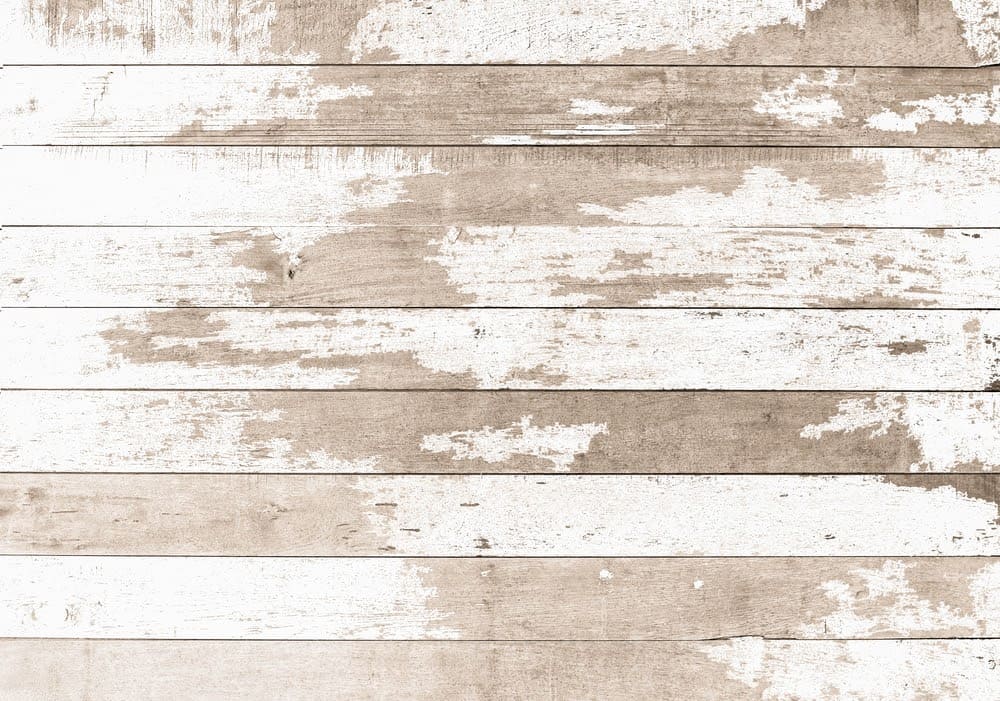
Before you go any farther on this adventure, you need to know one crucial factor when it comes to painting your wood furniture with antique paint finish, and this is not to overdo it. It’s easy for people to put on too much paint because this is a typical thought pattern. Think about when you paint your living room walls and how you usually know you need two or maybe even three coats to make it look great.
Your piece of furniture that you want to make look distressed is not like your living room, bathroom, or any walls in your home. Don’t go for the look that will make your furniture over distressed. You want to go for a more natural look, and that means that you will follow the steps closely, especially when it comes to painting.

